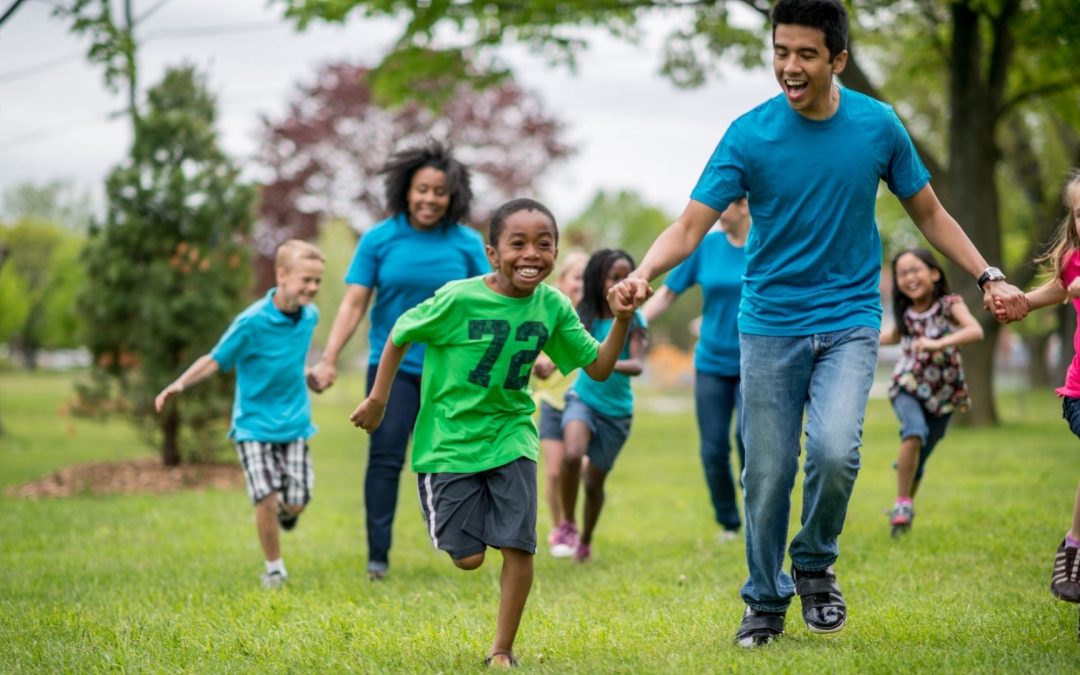Whether we intend to or not, we all have role models. We do not live in a vacuum but are impacted by those we encounter in our lives and of course, by the media. A role model has the ability to shape the views, ideals, and actions of a young person. Some of those role models are positive and some are negative. As a parent you are always your young person’s primary role model, but not the only role model. Parents help place people in the lives of our young people that will be positive role models.
Humans learn by modeling after others. We have all heard the expression “Do as I say, not as I do,” but that is not the reality of how we learn. We WILL do as those who impact us do. The influential people in our lives are the model for what is socially accepted behavior and what is not. They show us strategies for achieving goals- what works and what doesn’t. Unfortunately, not all role models are equal. All of us grew up modeling after those we encountered, those who were a large part of our lives, whether they were positive or negative role models. We all know someone who emulated the wrong person and got themselves into trouble.
Growth Mindset
How can we make sure our young people are drawn toward positive role models rather than negative ones? Young people are drawn toward a role model that is similar to themselves. They might be similar in many ways: same gender, same race or ethnicity, same type of family, etc. A young person tends to identify with a person that they feel can understand them and understand the type of life challenges they face.
Another indicator of who a young person may be drawn to as a role model is to consider the type of mindset, we demonstrate for them toward achieving goals. A growth mindset is one where a person sees themselves as an active learner and an active achiever who will accomplish their goals through hard work and perseverance. Another type, a prevention mindset is one where a person focuses on preventing or avoiding disasters and negative outcomes through avoidance strategies. A young person tends to gravitate toward role models with a similar mindset.
There are things we can do as adults to help instill a growth mindset in our young people:
- Teach them that failure is a necessary part of life for success.
- Encourage youth to participate in activities that provide them intrinsic rewards.
- Help them to identify their strengths.
- Help them identify and not to be afraid of their weaknesses.
- Encourage them to find strategies to grow in these weak areas.
- Encourage them to set goals and track progress toward them.
Positive Role Models
Young people with positive role models are more likely to have an ability to inspire others. They often develop a clear set of values and moral standards. These young people commit themselves to their community. In addition, they do better in school. They are more accepting of others, especially those that may be different from them. They are better able to overcome obstacles. Finally, young people with positive role models develop a strong sense of self-worth and self-esteem. Much of our personality follows the personalities of our role models.
Role models often are instrumental in developing career aspirations for young adults. A role model inspires and motivates a young person to believe that they have more choices for their future than they may have seen without such a role model. In addition, a role model can help the young person learn what it takes to achieve those aspirations. It’s helpful when they work with them to set career goals and monitor their progress in achieving them.
Young people with positive role models are also less likely to engage in risky behaviors such as drugs, tobacco, alcohol, sexual activity, and violence. They are also more likely to make healthy lifestyle choices around health, nutrition, exercise, and hobbies.
Negative Role Models
Unfortunately, negative role models are equally motivating. A study of 100,000 middle and high school students found that only around ¼ of the students reported having a positive adult role model in their lives. Young people with a negative role model are often filled with a deep personal fear of failure. Often these negative role models have similar fears. They will use various coping mechanisms and strategies to avoid misfortunes at all costs. They may cheat on a test or use drugs, for example, to escape life challenges. If their role model engages in risky behaviors, they are likely to follow suit. Research also indicates that adolescents whose only role model is an entertainer (e.g., singer, actor, etc.) are at higher risk for engaging in smoking, drug use, and fighting.
The benefits of a positive role model are all even more so when the young person knows their role model on a personal level. However, a negative role model is just as detrimental to a young person as a positive role model can be beneficial. At Jameson Camp we want to help young people “get outside and grow inside.” Our staff has been impacting the lives of young people since 1928. Our program provides a high-quality staff that offer campers positive role models!
Are you on Facebook? We are, too! Let’s be friends!

